Desert environments have always held a fascination for many, their stark landscapes notwithstanding. At first glance these seemingly-lifeless landscapes are actually home to hardy woody shrubs and succulents with amazing adaptations to survive in harsh desert conditions. In California’s deserts, all this changes when the onset of winter rains bring carpets of brightly colored annuals and flowering shrubs. California Desert Plants celebrates how elevation, climate, and vegetation define the Great Basin, Mojave, and Sonoran deserts in California. What follows is an excerpt from that book.
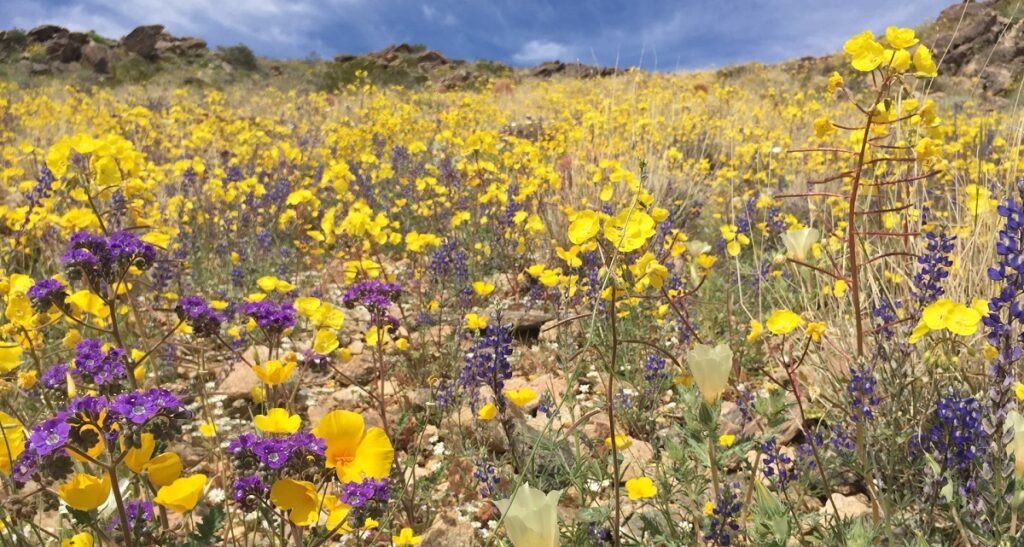
Fortynine Palms Oasis, March, 2019. Photo by Jesse Miller.
Desert Environments Around the World
When deserts come to mind, most of us think of a hot and dry landscape with little vegetation. However, there is no simple or all-encompassing definition of what constitutes a desert. Most will typically define deserts as regions that receive an average of less than ten inches of annual rainfall, producing arid conditions where rates of evaporation exceed the amount of rain. This rainfall limit is somewhat arbitrary, however. Average annual amounts of rainfall are characteristically variable in desert regions, with irregular years much higher than normal—interspersed with years, or sequences of years, with little rainfall.
Aridlands in California
More practically speaking, however, we tend to point to deserts as aridlands. A transition from the Transverse and Peninsular ranges is seen from west to east in southern California where the typical chaparral shrubland and woodland floras of the coast and foothills are replaced by species with a strong floristic relationships to the arid southwest. These desert species have adaptations to survive extended summer drought and include common shrubs such as creosote bush, burrobush, Joshua tree and various species of cacti, agaves, and mesquite. Areas of the southwestern San Joaquin Valley and inner Coast Ranges in southern California receive minimal rainfall that could be described as desert-like (4–6 inches per year) but are not generally mapped as desert because they lack the characteristic desert flora and fauna.
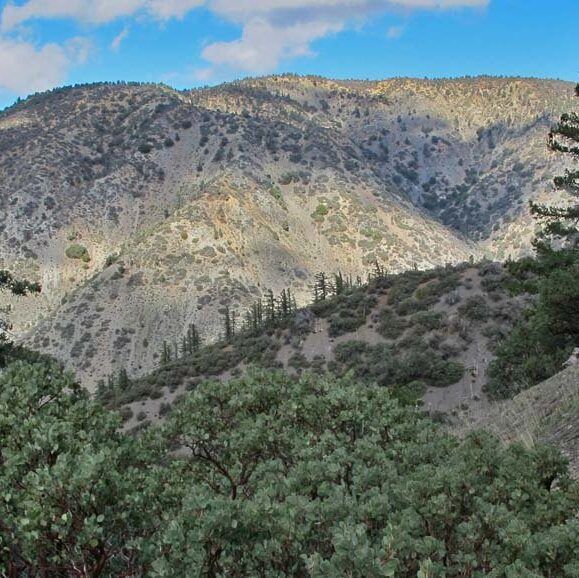
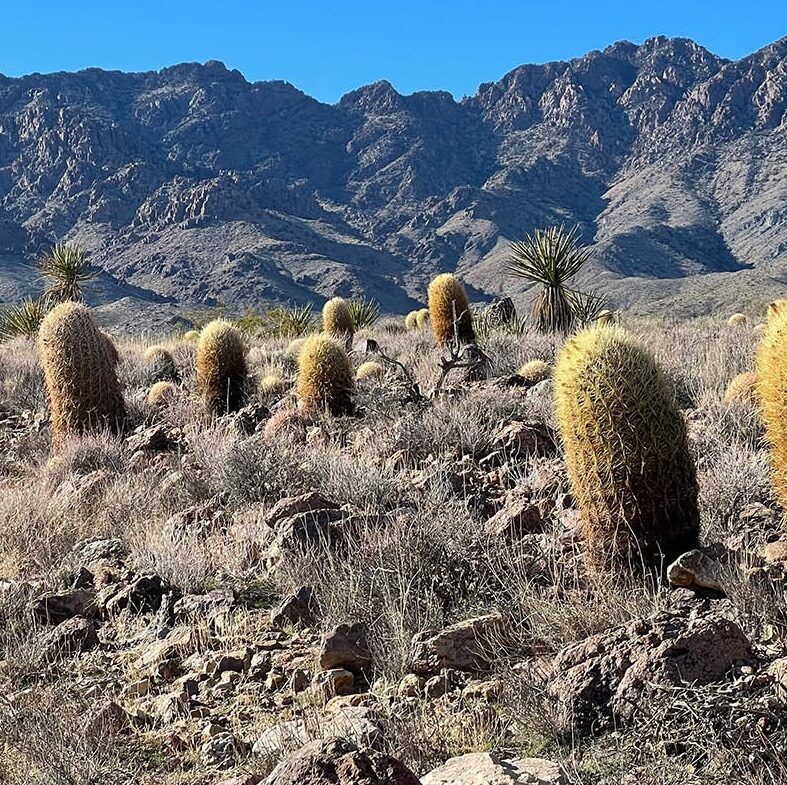
California’s Deserts
North America has four major desert regions. The majority of the Mojave Desert lies within California, but only small portions of the Sonoran and Great Basin deserts are found here. The Mojave and Sonoran deserts, together with the Chihuahuan Desert of southern Texas and north-central Mexico, are warm deserts because of their mild winter conditions and presence of plants and animals with strong affinities to the arid subtropics. The Great Basin is a cold desert because of its higher elevations, more extreme winter conditions, and flora and fauna linkages to the north-temperate zones.
Great Basin Desert in California
The Great Basin forms a large geomorphic region that extends from east of the Sierra Nevada across Nevada and western Utah to the edge of the Rocky Mountains and north to the Columbia Plateau to include southeastern Oregon and southern Idaho. While the entire Great Basin covers a large area, only two small portions reach into California. The first California Great Basin to this book is east of the Sierra Nevada and north of the Mojave Desert, comprising the northern Owens Valley and higher elevations of the White, Inyo, Panamint, and adjacent mountain ranges. The second California Great Basin region is largely formed by the Modoc Plateau of northeastern California, a sparsely populated area of high desert plains and volcanic uplands with sagebrush steppe and pinyon-juniper woodlands.
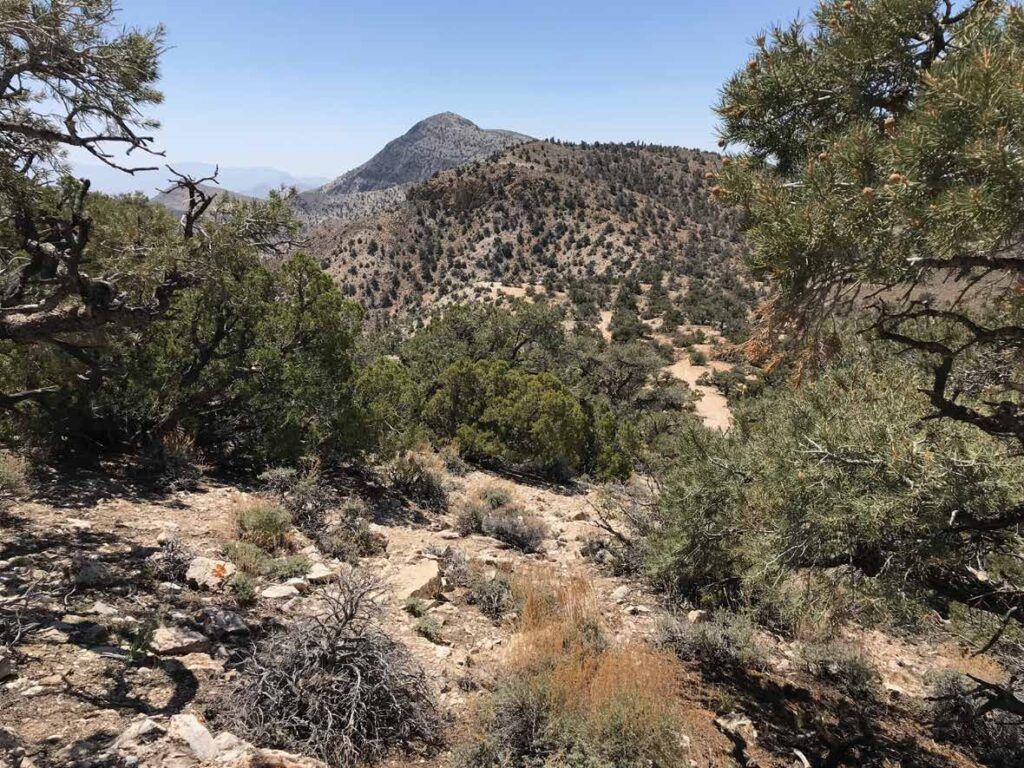
Mojave Desert in California
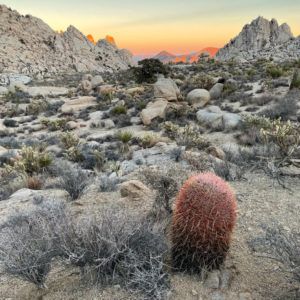
The Mojave Desert is the smallest of the four North American desert regions. At 48,000 square miles, it is roughly the size of the state of New York. About 80 percent of the Mojave Desert lies in California extending beyond to cover portions of southern Nevada and small adjacent areas of southern Utah and northwestern Arizona. In a topographic sense, the Mojave Desert forms a transition between the higher and colder Great Basin Desert to its north and east and the warmer, lower elevation Sonoran Desert to its south and west. Valley basins in the Mojave Desert generally lie between 2,000–3,500 feet in elevation, although Death Valley is much lower. By comparison, Great Basin valleys are typical around 4,000 feet elevation and higher. Most valley basins in the Sonoran Desert within California have elevations below 1,300 feet, extending to below sea level in the Cahuilla Basin.
Sonoran Desert in California
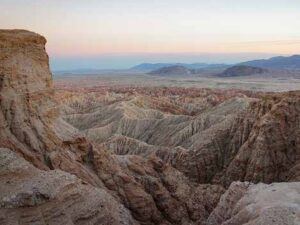
The region of the Sonoran Desert in California forms a relatively small portion of the larger Sonoran Desert which extends across the southwestern United States and northwestern Mexico. This California portion is distinguished not just by its political geography but also by a winter rainfall regime. This is in contrast to the summer and winter, or biseasonal, rainfall regime that characterizes other areas of the Sonoran Desert. Many books identify this California portion of the Sonoran Desert as the Colorado Desert, named after the Colorado River that forms its eastern margin. This terminology invariably causes confusion with the state of Colorado, although this area received the name before the state of Colorado was created. We thus refer to this area as California’s Sonoran Desert.
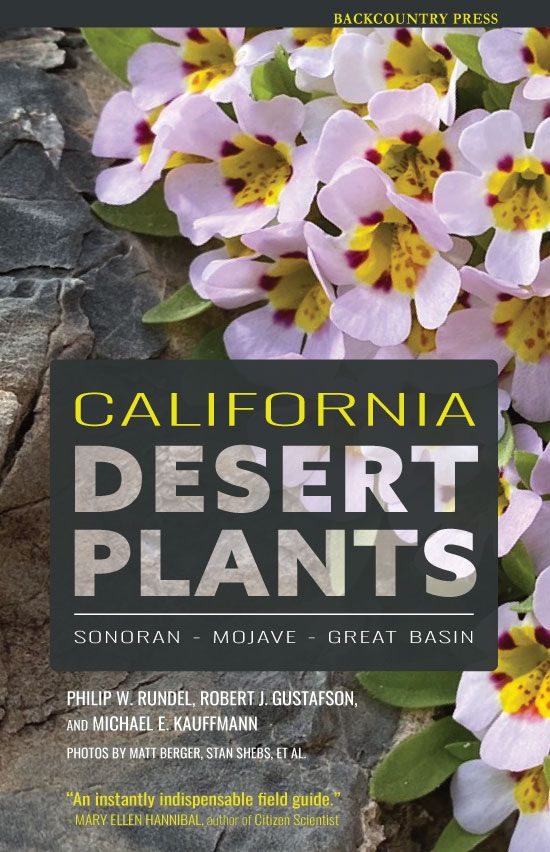
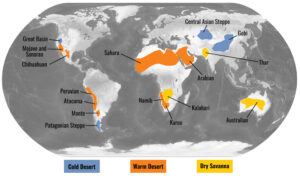
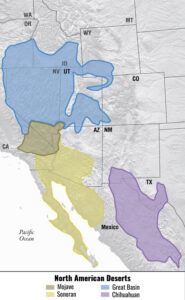
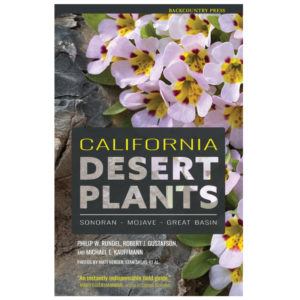
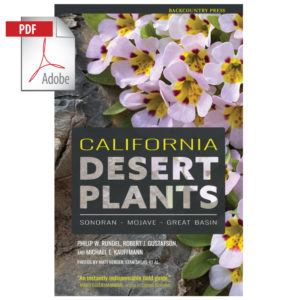
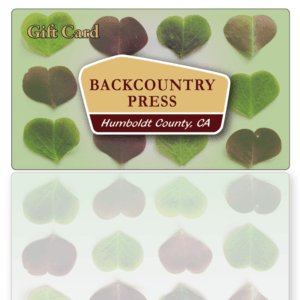

Leave a Reply